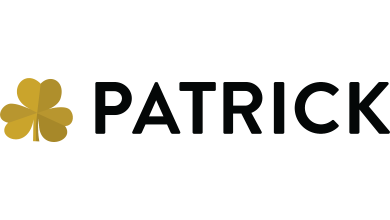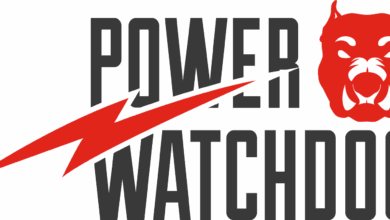Best Practices for OEMs and Dealers in Measuring Customer Satisfaction

How are you currently measuring customer satisfaction with your products and services? Regularly measuring customer satisfaction will help you rapidly identify and address issues of dissatisfied customers, pinpoint ways to improve the sales and service experience, find satisfied customers to recruit for advocacy and further research, and helps forecast retention rates and future sales.
Customer Satisfaction Index (CSI) scores are based on survey results from customers, providing an overall measurement of their experience. It usually includes satisfaction scores across several criteria and is typically averaged and often reported on a percentage scale. A Net Promoter Score (NPS), on the other hand, is based on responses to a single question – how likely are you to refer to a friend or colleague. The CSI is perhaps a better method of determining why a customer may make future purchases. The main benefit of CSI is you can isolate the reasons for satisfaction and dissatisfaction. The greatest weakness of CSI is lower survey completion rates, which requires manufacturers to extrapolate meaning from a limited set of responses.
Here we will discuss the specific methods we recommend to measure customer satisfaction. This includes type, timing, and frequency, response method, question types, and management tools.
Type, Timing, and Frequency
Surveying your customers should become part of how you conduct business, not an isolated event. A typical customer satisfaction survey is sent approximately 30 and 300 days after purchase. Subsequent annual surveys will enable you to identify durability and performance issues that may occur long after the 300-day survey is taken.
A properly conducted customer satisfaction survey program can be an extremely valuable tool in providing insight for strategic business planning. Ask yourself:
- What is the ideal timing for surveys
- Should surveys extend several years post-purchase
- How many questions should a survey include
- What are the most important questions to ask
- Are the questions relevant over the long term
- How much of the survey should focus on product, sales, or service
- What is the ideal delivery method
- What role, if any, should your channel’s sales and service personnel be involved in the survey process
- Incentives to increase survey response rates
Response Method
A response method is how you collect the answer from the respondent or customer. Often, these response methods are broken down into two types: structured and unstructured. Structured formats help the customer respond more easily and provide data that is already normalized. While there are a wide variety of structured response formats, there are relatively few unstructured ones. Generally, unstructured responses are written, free-form text.
Surveys can be distributed in a variety of methods, each with its own set of advantages and disadvantages. This includes:
- Postal mail: costly, but useful when an email address or telephone number is not available.
- Telephone: also costly and not ideal for longer surveys.
- Email with a link to the web: very efficient, but response rates can vary dramatically depending on the product and demographics of the consumer base.
- Point of sale/service: response rates are higher, but this method is subject to fraud.
- SMS/text message: a text message with mobile-friendly surveys can improve response rates, particularly with younger customers.
Question Types
Owner surveys or customer interviews are often a good place to start when designing survey questions. Owners can identify areas of concern and criteria that are most influential in purchase decisions.
You should also survey members of your organization and channel, from frontline sales and service employees to members of your PD&E (Product Design and Engineering) team. They are not only primary beneficiaries of a CSI system, but they can provide insight into what questions they feel are most important to customers.
Management Tools
Customer experience products often include built-in tools to help manage the satisfaction process, like hot alerts and survey notifications. Hot alerts are often used in the reporting process, and they are typically generated based upon scores given to key questions in the survey. For example, a principal of a dealership may want to be notified of a negative survey response immediately, giving them the ability to take care of customer concerns as they’re collected. This feature is extremely valuable in managing customer satisfaction, mostly because of its ability to provide customer service professionals with instant feedback they can act on.
Issue resolution and ticketing tools allow the OEM service team, dealer, and consumer to have visibility and insight into the escalation of the customer issue. Allowing the customer to create a dialogue with both the OEM and the dealer in one solution creates a better experience for the customer and provides transparency between all involved parties.
Jeff Coffman is the SVP of Enterprise Solutions and Marketing for Rollick, a platform transforming the outdoor recreational product retailing experience. Rollick’s OEM solutions include new customer acquisition, enterprise lead management, customer experience/loyalty, and marketing automation. Rollick’s Aimbase Marketing Technology solution combines enterprise lead management, marketing automation, and customer lifecycle management in one platform.


